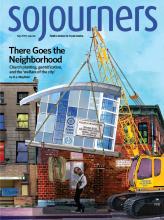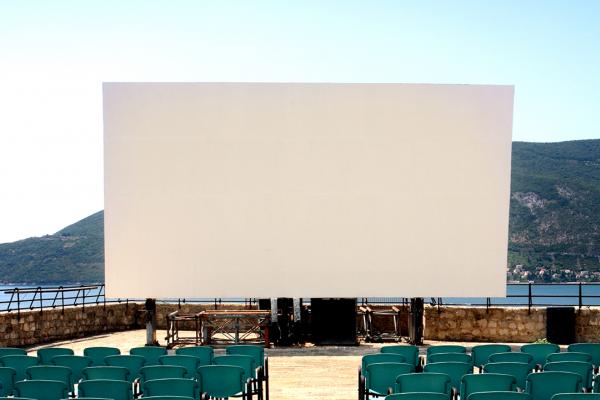I HAVE LOVED movies as long as I’ve loved anything, but these days I don’t love going to the movies. Multiplexes often feel like overpriced and overstimulating factories, in which we pay to be bombarded by advertising for other products. Industrial movie houses are more like planes going through turbulence than spaces for paying attention to art or even merely the pleasure of being entertained. Not an escape, but an ordeal.
This shadow has, however, provoked alternatives. Life-giving ways to watch movies are popping up—new independent theaters, community screenings, and festivals that interrupt the conveyor-belt method of get ’em in, sell ’em stuff, and get ’em out.
Read the Full Article

Already a subscriber? Login
